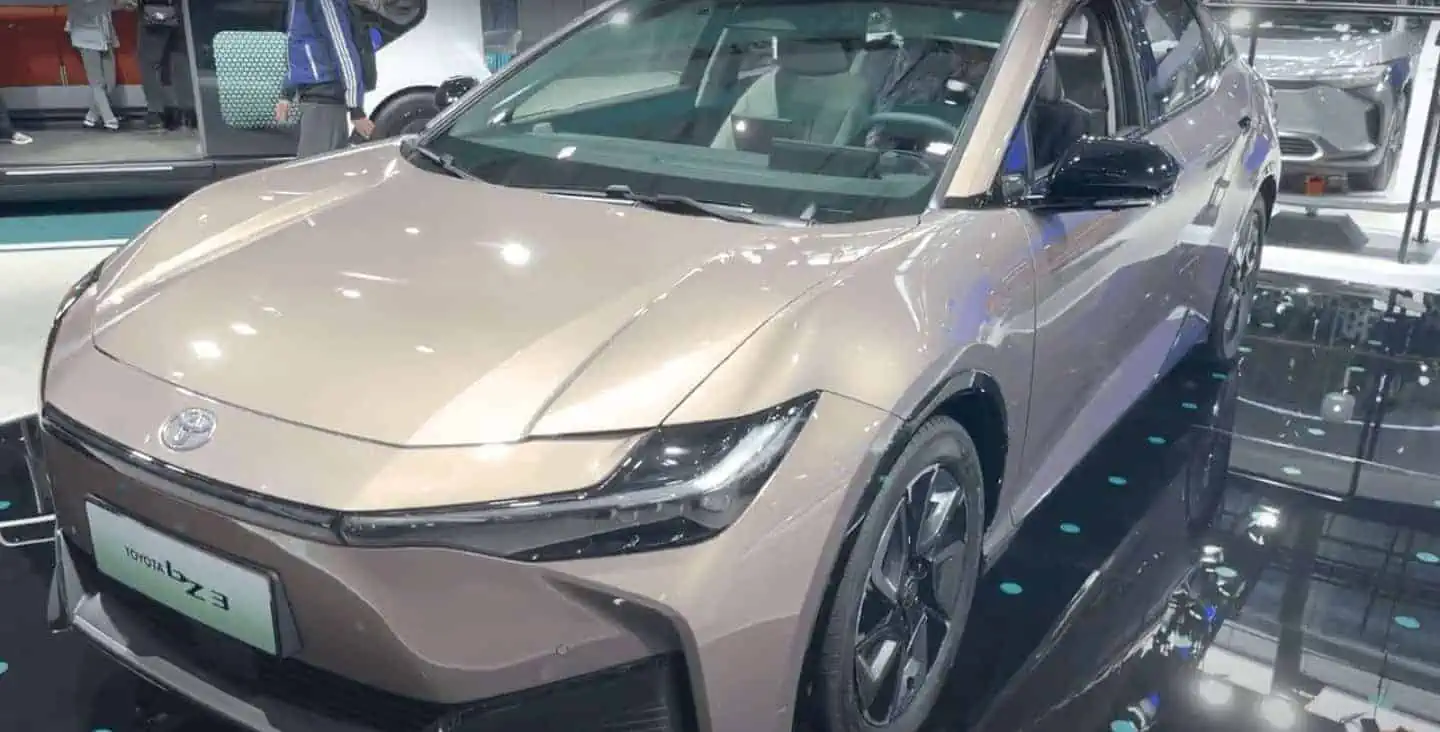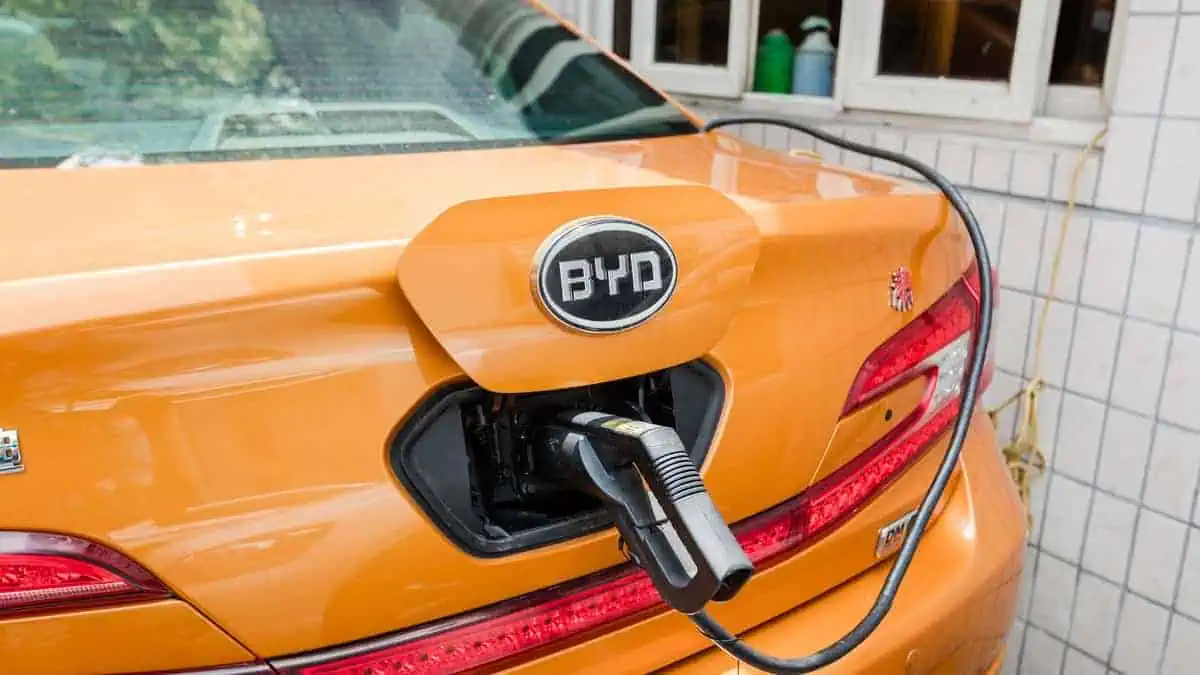The Advertising Standards Authority (ASA) has banned the marketing campaigns of Japanese automaker Toyota and South Korean rival Hyundai for their misleading electric vehicle advertisements.
The UK advertising watchdog found that Toyota and Hyundai’s marketing campaigns exaggerate their EVs’ charging speed and mislead consumers regarding rapid-charging points availability across the UK and Ireland.
Charging speed claims debunked
On its official website, Toyota’s marketing campaign for its bZ4X model claimed that the vehicle could hit 80% in just about 30 minutes using a 150kW fast-charging system.
Similarly, Hyundai’s campaign for its Ioniq 5 model promoted the vehicle’s charging time from 10% to 80% in 18 minutes with a 350kW charger.
Both companies conceded that they achieved their claimed charging times under perfect factory conditions.
Therefore, complaints were lodged with the ASA contesting the achievability of the advertised charging times in real-world conditions.
Charging point availability questioned
Furthermore, the claims about the availability of rapid charging points across the UK were also called into question, as this would significantly impact the likelihood of consumers achieving the advertised charging time.
Toyota justified that Zap Map did not accurately display the specific locations of rapid 150kW chargers at the time of the campaign. However, it did indicate that there were 419 charging points across 134 locations in the UK. The report noted that Scotland only has seven charging points, Wales has 2, and Northern Ireland has none.
On the other hand, Hyundai’s Charge myHyundai website displayed 37 ultra-fast 350kW charging locations in Great Britain, six in the Republic of Ireland, and “limited numbers” in Wales and Scotland, with none in Northern Ireland.
Both automakers argued that their declarations were not misleading since drivers would primarily require rapid-charging points on longer journeys. In contrast, slower charge points were more widely available, including at home.
ASA rules against Toyota and Hyundai in first-ever electric car ad ban
However, the ASA determined that the automakers provided false information that accessing rapid-charging points across the UK was “relatively straightforward.”
The watchdog also highlighted various factors that affect charging times in real-world scenarios, including the following:
- battery age
- condition
- ambient temperature
- battery temperature
Notably, the automakers controlled all these factors during the tests used to make the claims. The ASA stated that if any of these conditions were suboptimal, charging times would likely increase.
“If any of those conditions were less than optimal, then charging times would likely take longer.”
ASA
Toyota and Hyundai contended that promoting the potential charge times of EVs was crucial to address consumer concerns, such as range and charge anxiety, as well as a lack of awareness regarding charging infrastructure development.
Nevertheless, the ASA has banned the ad campaigns, marking the first time it has taken action against electric car advertising claims. In addition, Toyota and Hyundai have been instructed not to mislead consumers about battery charging times in future advertisements.
“We concluded that because the ads omitted material information about the factors that could significantly affect the advertised charging time and the limitations in relation to availability… the claims had not been substantiated and were misleading.”
The ASA ruling stated
See Also:
- Tesla releases its first-ever advertisement
- GM debuts an aggressive EV advertisement during NFL football
- California bans Tesla from marketing its EVs as ‘Full Self-Driving’
- Tesla boosts job postings for Cybertruck production in Giga Texas
- Popular electric models rank among the most heavily depreciating secondhand cars
This decision by the ASA underscores the need for transparency and accuracy in electric car advertising, ensuring that consumers receive truthful and reliable information to make informed choices about EVs and charging infrastructure.






